 Ethereum celebrates 10 years with symbolic torch NFT and eyes Fusaka upgrade Oluwapelumi Adejumo · 20 mins ago · 2 min read
Ethereum celebrates 10 years with symbolic torch NFT and eyes Fusaka upgrade Oluwapelumi Adejumo · 20 mins ago · 2 min read
Ethereum's "Torch" NFT traverses the globe as its developers target ambitious Fusaka update for November 2025.

Cover art/illustration via CryptoSlate. Image includes combined content which may include AI-generated content.
Ethereum is marking its 10th anniversary with a symbolic gesture and a technical leap forward for the blockchain network.
Ethereum Toch NFT
On July 20, the network revealed that it launched a ceremonial “Torch” NFT to celebrate the people and principles that have shaped its decentralized journey since July 30, 2015.
According to Ethereum’s website:
“Like a ceremonial flame that travels from community to community, the Ethereum Torch will journey across the global Ethereum ecosystem. This special NFT will be passed from wallet to wallet among carefully selected community members, developers, and builders who have shaped Ethereum’s story over the past 10 years.”
The first torchbearer was Ethereum co-founder Joseph Lubin, who held it for 24 hours before passing it on to Taiwan’s Digital Minister Audrey Tang. Tang will also keep the Torch for 24 hours before transferring it to another influential figure in the Ethereum community.
This process will continue until July 30, when the NFT will “burn” and unlock a commemorative token that anyone can freely mint.
Fusaka hard fork
While Ethereum honors its past, the network developers are also preparing for the next significant protocol upgrade, Fusaka, which will launch in November 2025.
The update follows the recent Pectra fork and includes several improvements to boost scalability and network robustness.
On July 17, Tim Beiko of the Ethereum Foundation confirmed that Devnet-3 for Fusaka will launch on July 23.
The upgrade will test around 11 Ethereum Improvement Proposals (EIPs). However, one notable proposal, EIP-7907, aimed to increase the maximum smart contract size, was dropped after pushback from core development teams.
Beiko further stressed that Fusaka targets mainnet activation between Nov. 5 and 12.
He pointed out that the upgrade roadmap includes two successful testnets, early bug bounty programs, and a stress test via the Holesky testnet.
However, concerns remain around testnet stability and audit readiness.
The Holesky upgrade is expected to be a key indicator of the network’s readiness for full deployment. It will offer developers valuable insight without risking major user disruption.







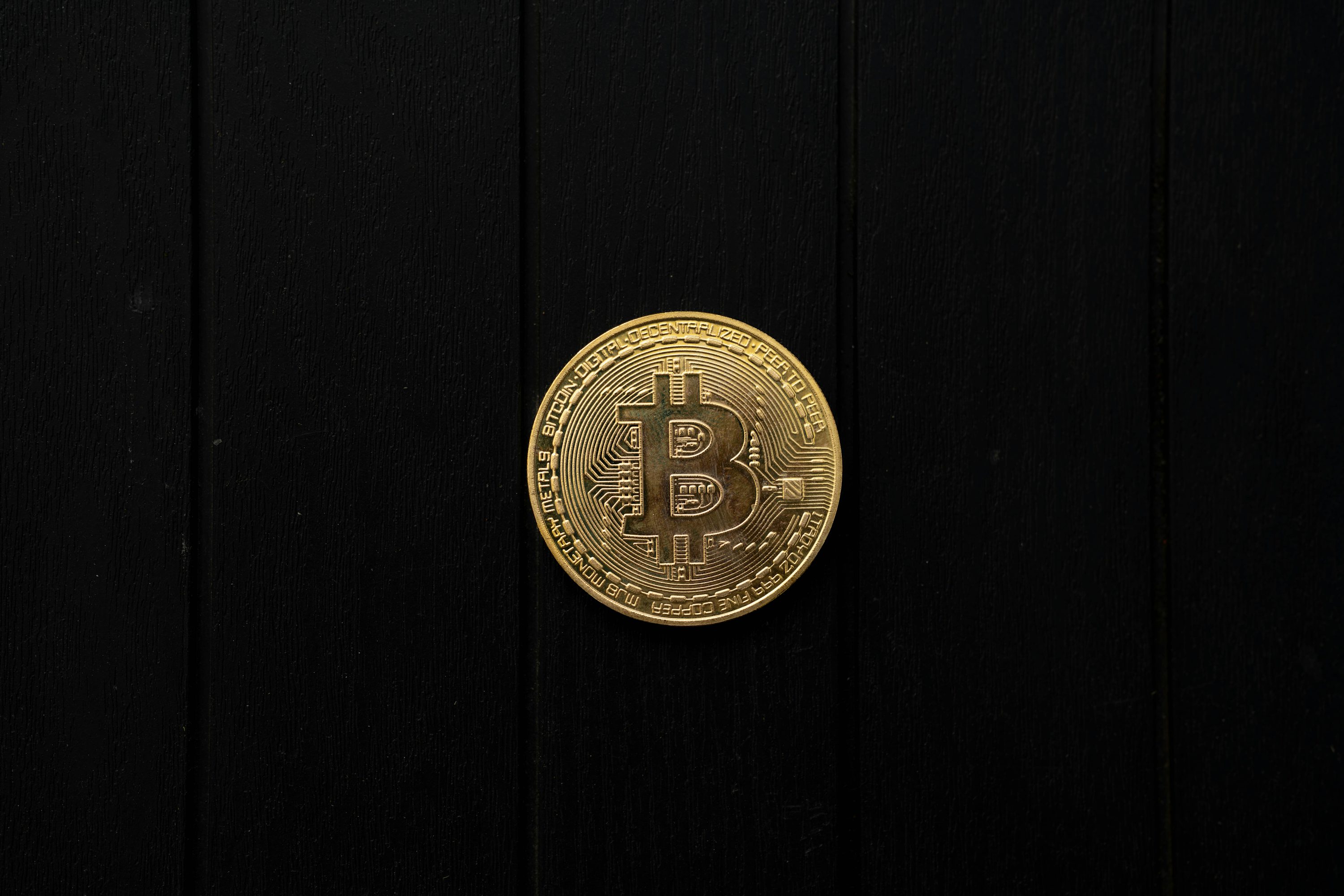
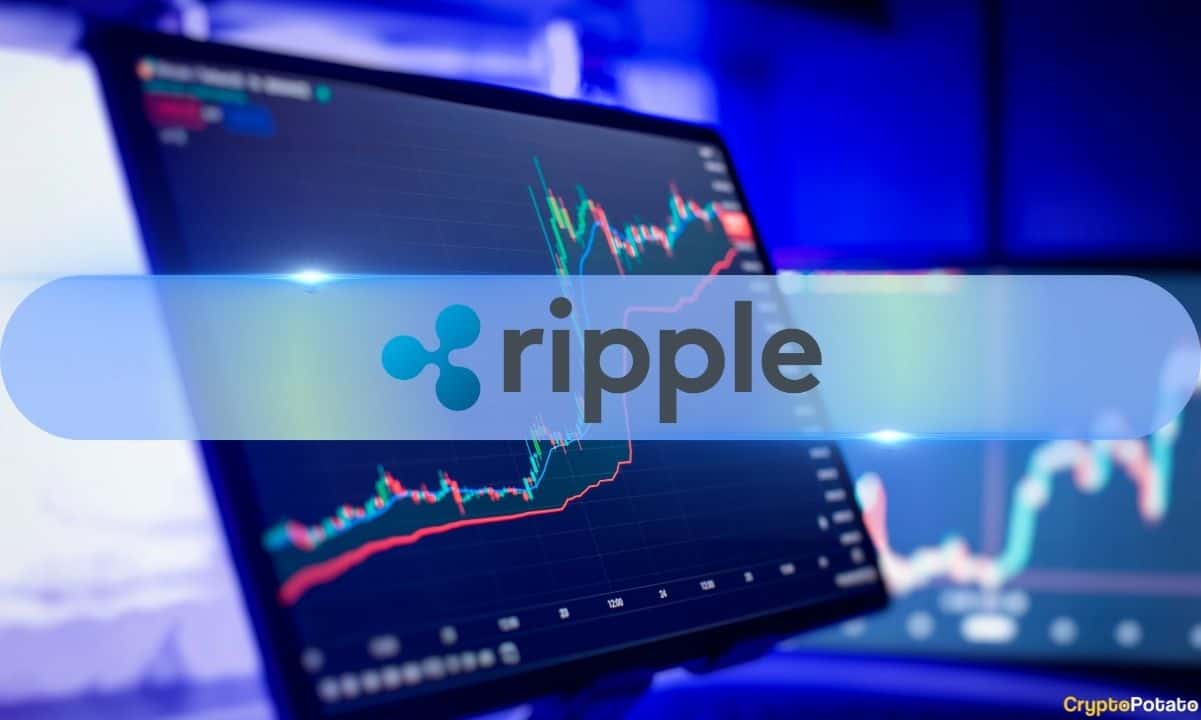

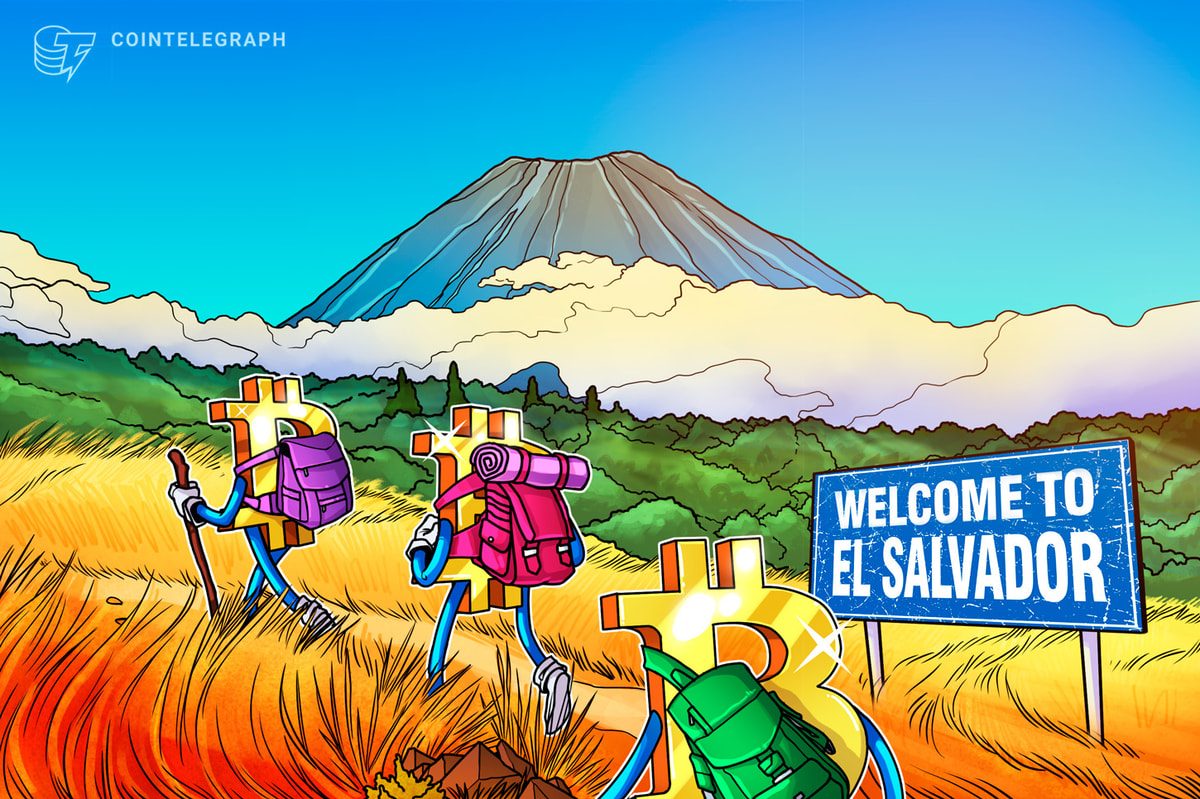
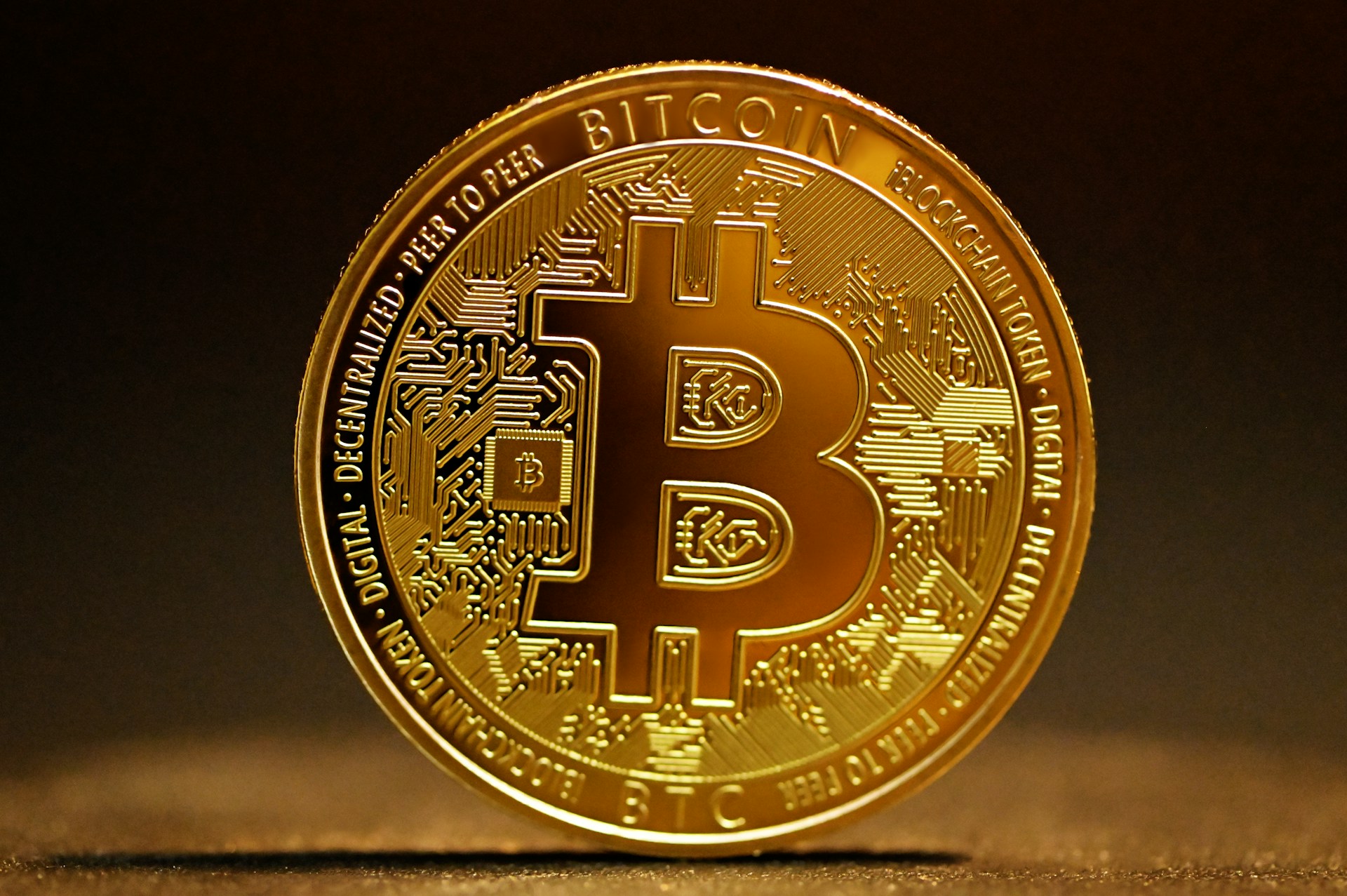

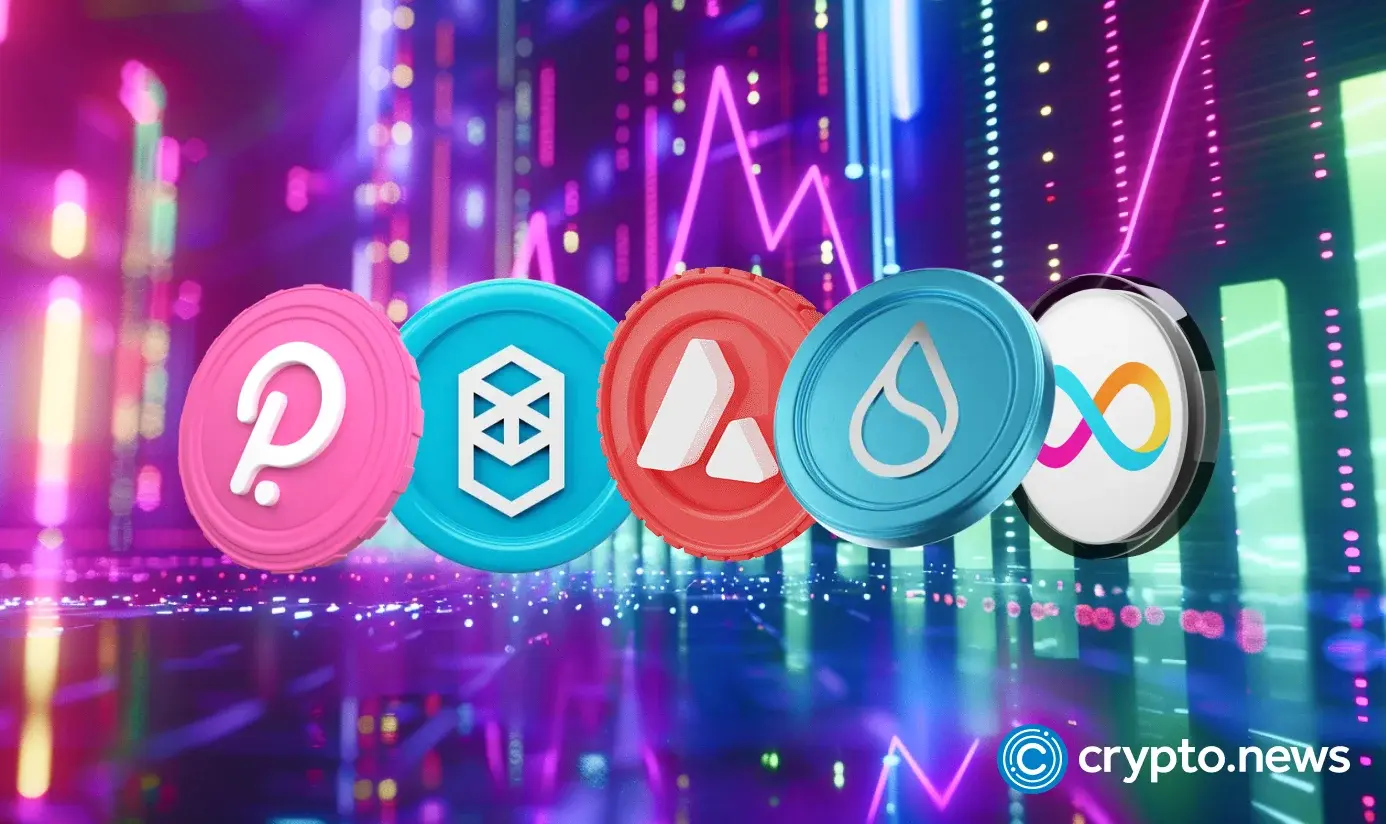

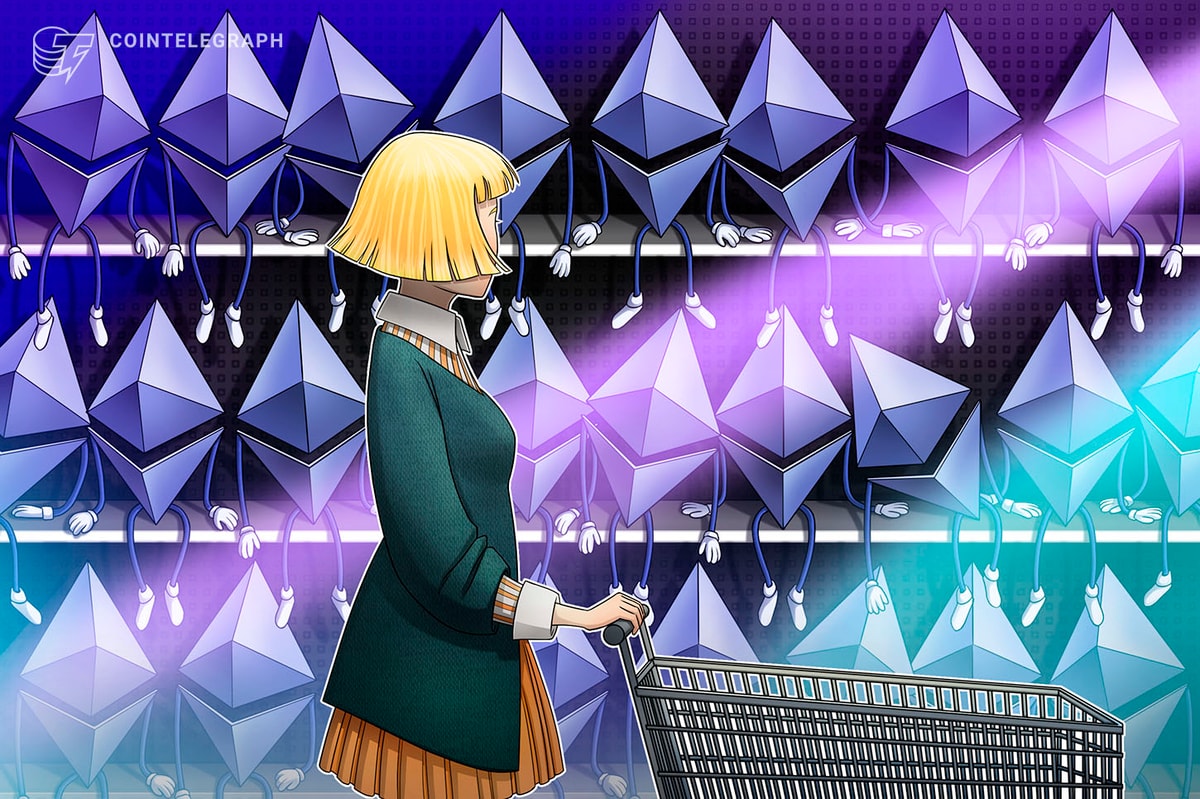


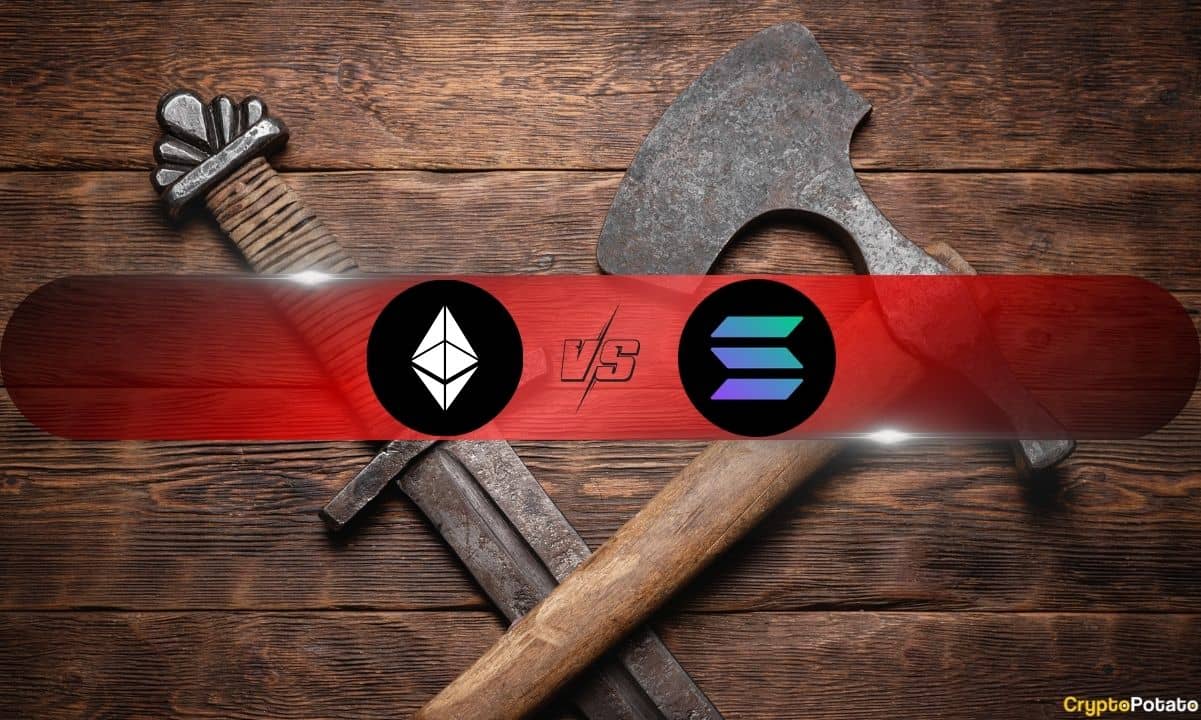

 English (US) ·
English (US) ·